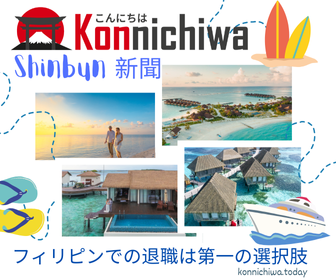Umi Shrine
A place to leave behind burdens such as bad habits or relationships before praying for better fortune.


Shimane Prefecture draws visitors to Izumo Taisha, a shrine where Shinto deities gather to determine future connections. People pray for blessings of en-musubi (binding of fates) to form friendships, professional ties, or romantic relationships.
Many travelers visit Umi Shrine before Izumo Taisha. Known for its power of enkiri (cutting ties), Umi Shrine helps people let go of burdens, such as bad habits or relationships, before seeking better fortune.
Umi Shrine

Photo by: PIXTA/ ミズカ The perfect place to let go of your burdens.
Umi Shrine, founded at the end of Japan’s Warring States period, enshrines 17 deities, including Kotosakano’o-no-Mikoto, representing separation and rebirth. At the main shrine, visitors can buy enkiri warifuda (tie-cutting tablets) for ¥500. To perform the ritual, follow these steps:
- Write your name under “我” (ware, “oneself”).
- Write your burden under “切” (kiri, “cut”).
- Write your wish under “結” (musubu, “tie”), then pray to sever ties with the burden.
- Split the tablet, blow on the part with your burden, and drop it in the “縁切箱” (enkiri bako, tie-cutting box).
- Keep the remaining half, walk clockwise around the shrine and stop at the en-musubi shrine with heart-shaped wooden tablets.
- Pray at the en-musubi shrine for the wish on your tablet, wrap the tablet half in paper, and take it home.
Visitors can pray for the cutting of ties at the main shrine building instead of performing this ritual. Prayers for better fortune can be made with heart-shaped ema (wooden prayer tablets), which are for sale at the shrine’s main building for ¥500. After writing a wish or prayer on the ema, hang it up at the en-musubi shrine.
Exploring Nearby

Photo by: PIXTA/ Kent Explore Momen Kaido nearby.
Umi Shrine is located in the historic merchant district of Momen Kaido (Cotton Road). Alongside newer establishments, some businesses in this area have operated for over two centuries. Craft soy sauce, sake (rice wine) and ginger candy are the most famous traditional items for sale, but there are also novelty products such as soy sauce ice cream. Shops and restaurants on Momen Kaido have varying hours, so it is advisable to check these ahead of one’s visit. Do not drive a car or ride a bicycle if you consume alcohol on Momen Kaido as Japan strictly prohibits these activities under the influence.









